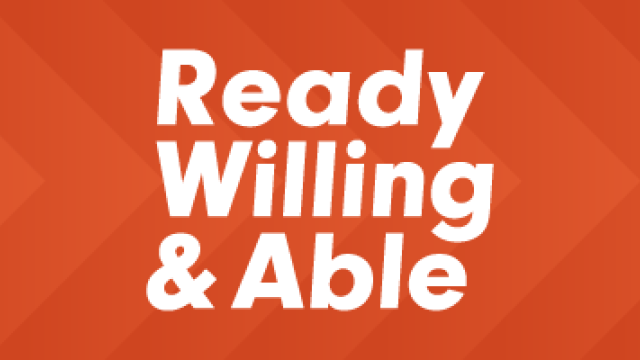
Equity vs equality - do you know the difference?
Equality. It’s the word of the moment. Every employer wants to show how they are doing it, and doing it well.
However, are they truly recognising the differing abilities of their workforce and offering tailored solutions to ensure that everyone is able to reach their full potential? For people with learning disabilities, this question is critical because without additional support, reaching parity with their colleagues is so much more difficult.
So, in the interest of fairness, is it time for employers to look beyond equality and instead strive for equity?
Many people think that these words are interchangeable, and that as we all work towards reaching what we believe is a fair balance inside and outside of the working worlds, equity is equality. However, there is quite a difference and it’s all about the outcome that employers are seeking to achieve.
Why is 'equality' not the answer?
Traditionally employers have been aiming for equality to reach a more level playing field - equal and fair distribution of things such as jobs, pay, resources, support and training, regardless of backgrounds. What this doesn’t do though is take in account of employees’ physical, mental and emotional needs, which means in reality it continues to deliver an unbalanced end result.
It may deliver the appearance of equality, but behind it are people who require assistance in order to achieve the same goals as others.
The concept of equity though, is to understand the individual needs of each person – and to offer a different level of support, so that each employee can reach the same outcomes as others.
For those who have learning disabilities or who are autistic, this additional support is crucial. Equality may have played its part in getting them into employment - however are they now considered equals at work? Can they reach their full potential without additional support? In most cases, the answer is likely to be ‘no’ - and unsupported, they may not be able to maintain satisfying employment; it’s a lose-lose situation for both employer and employee.
Reaching full potential
By considering the individual needs of each employee, employers can ensure that regardless of background or differing ability, including disability, they are able to reach their full potential.
And by striving for equity rather than simply equality, employers can create inclusive, diverse and fulfilled workplaces where everyone is given equal opportunity to succeed.
How can equity be reached?
There are many resources that can help support employers and individuals to do this successfully, for example:
- Training - how training is delivered and the formats used.
- Equipment & software - accessible desks, chairs, keyboards, access routes in/out of working spaces, noise cancelling headphones, text to speech and other assistive technology.
Want to know more?
If you’d like to know more about our supported employment scheme, Ready, Willing and Able, please get in touch by emailing rwa@seeability.org.




